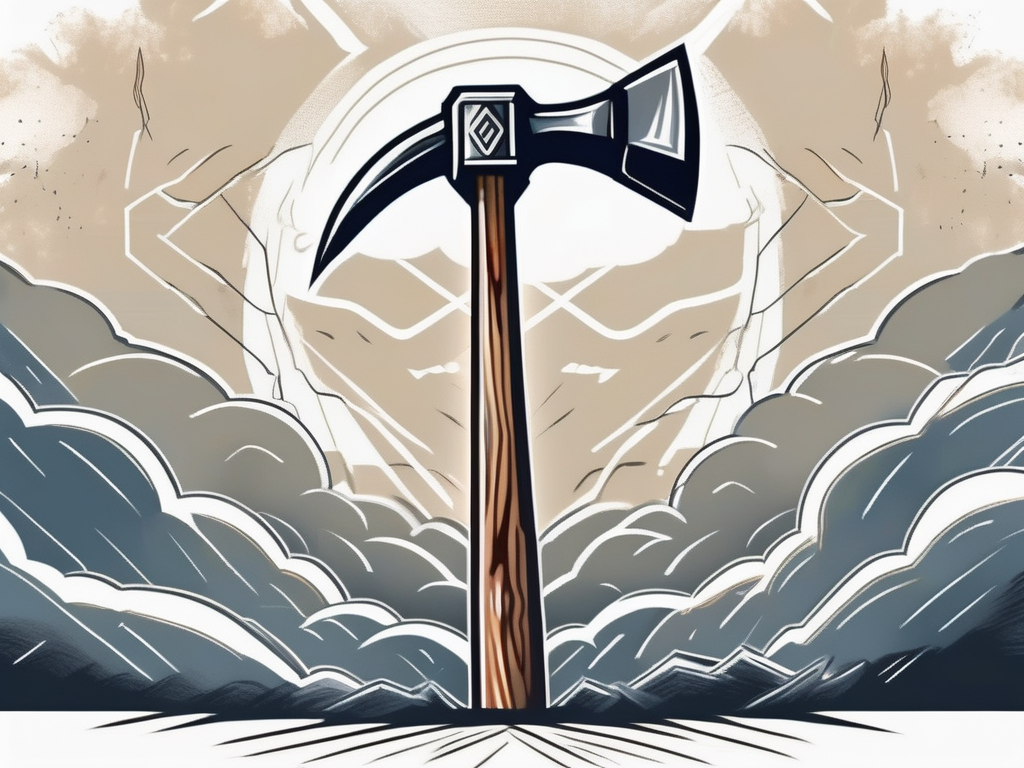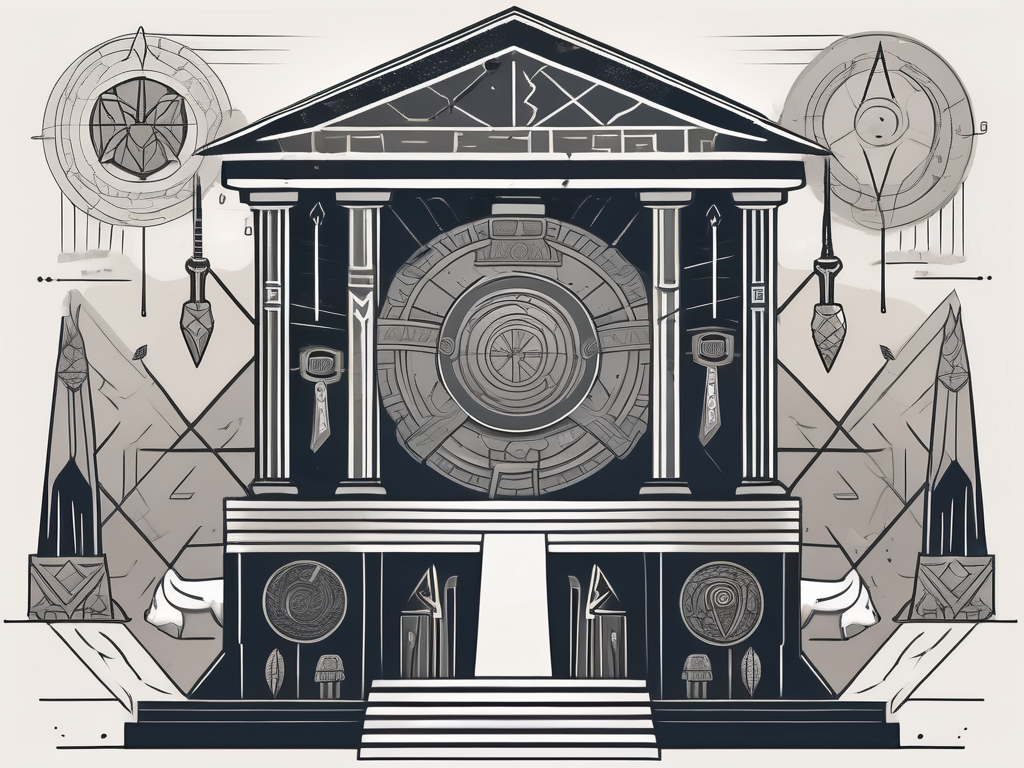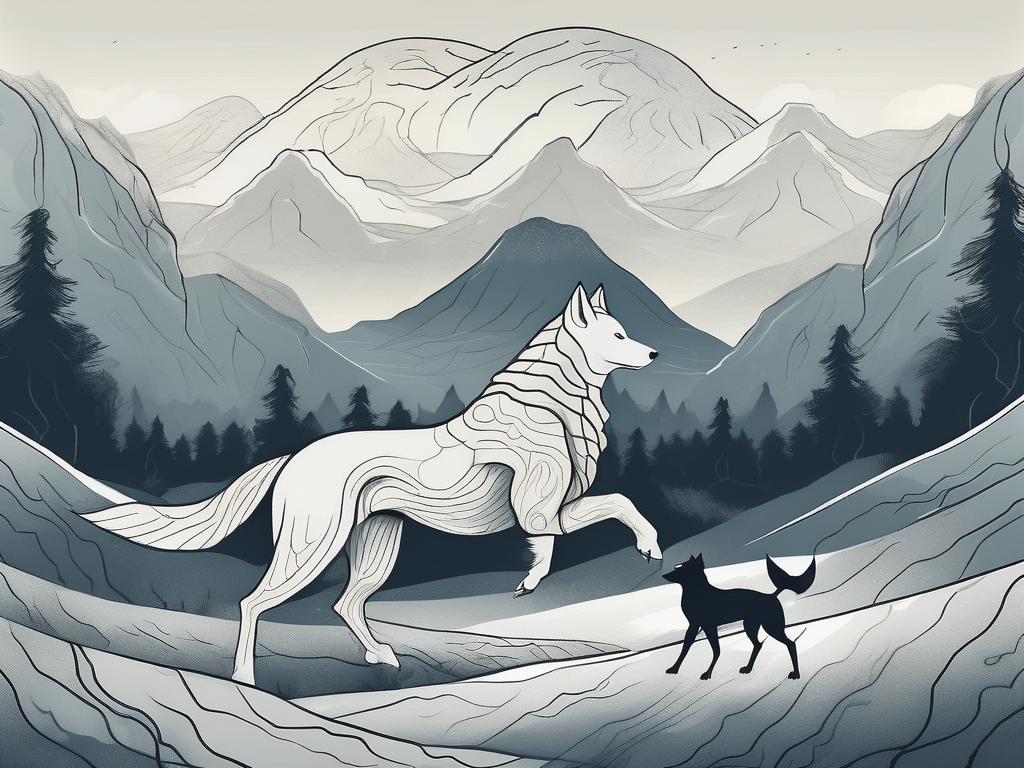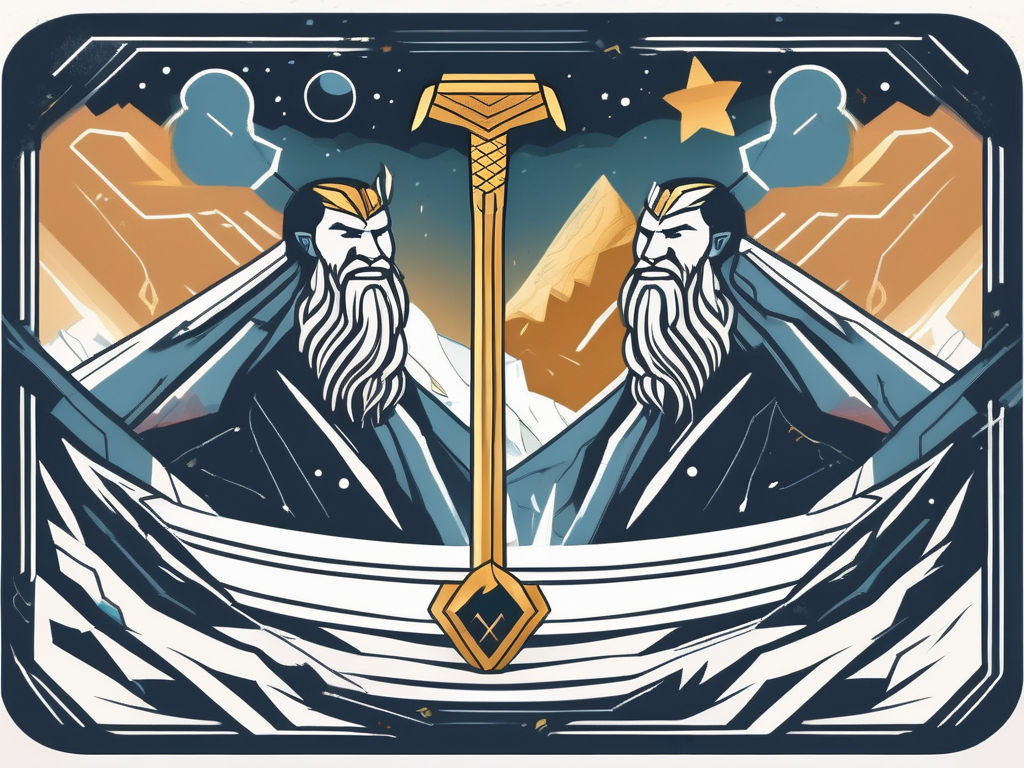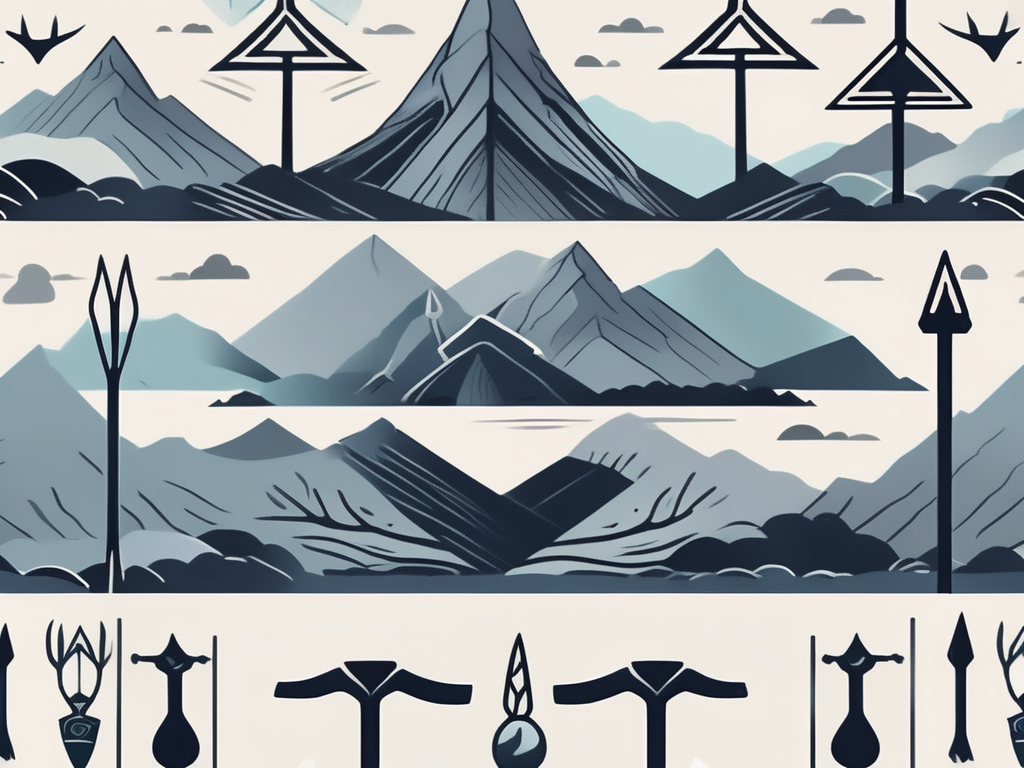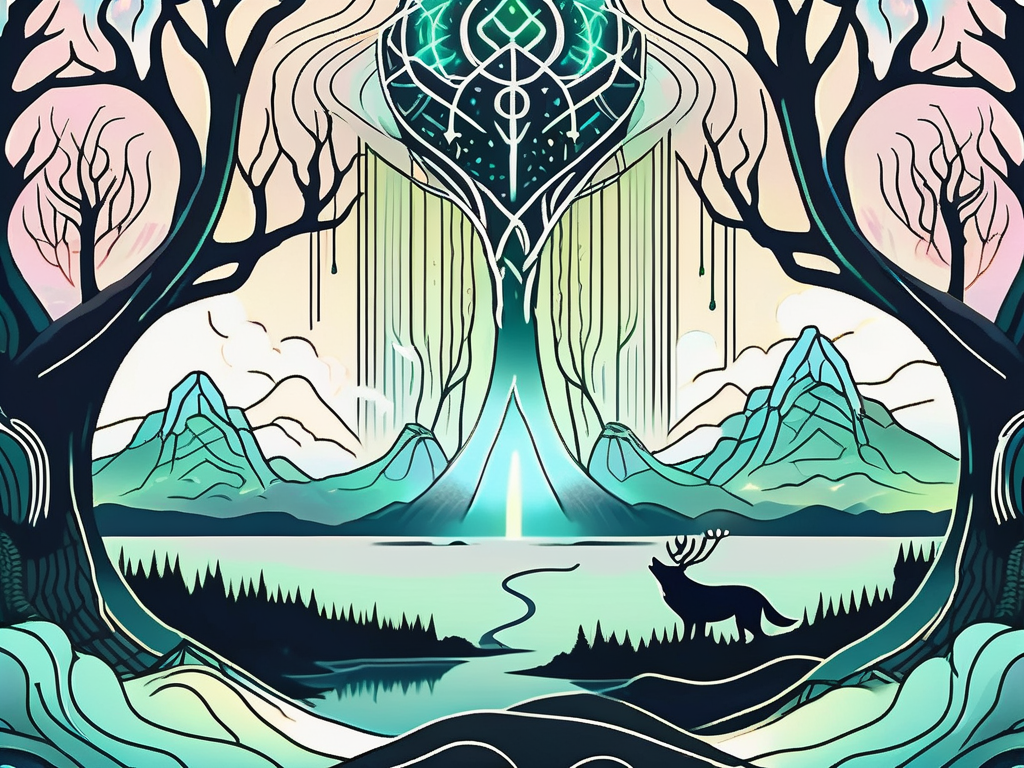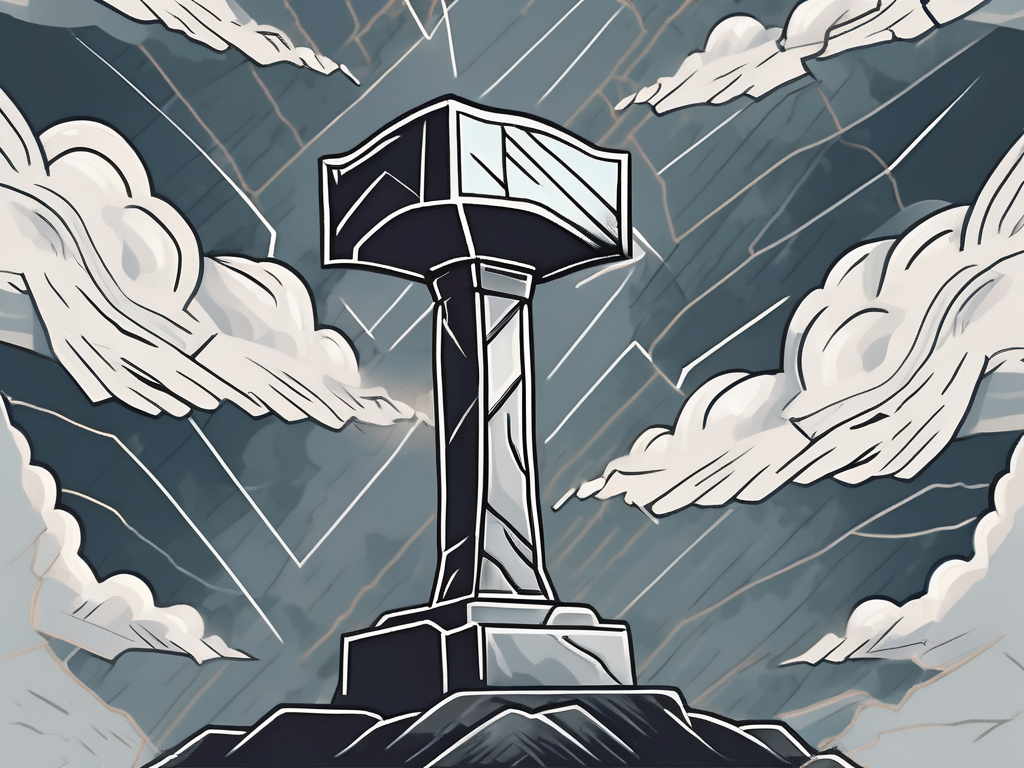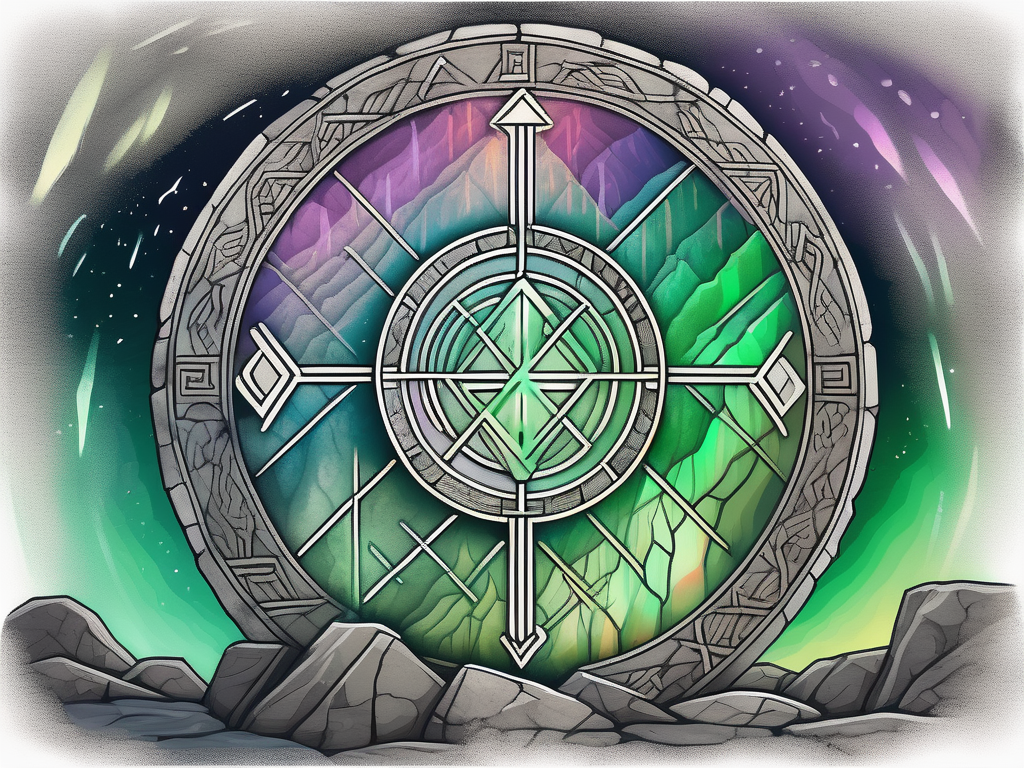Magni: The Mighty Norse God, known for his incredible strength and indomitable spirit. In this article, we will delve into the rich tapestry of Norse mythology to understand the origins, legends, and significance of this powerful deity.
Understanding Norse Mythology
Before we embark on our exploration of Magni’s heroic tales, it’s essential to grasp the intricacies of Norse mythology. The pantheon of Norse gods, with their own unique powers and personalities, is a fascinating subject that sheds light on the beliefs and values of the Viking society.
Myths and legends played a crucial role in the lives of the Norse people, serving as a moral compass, cultural identifier, and a way to make sense of the world. These stories were passed down orally from generation to generation, weaving a rich tapestry of beliefs and traditions.
One of the most intriguing aspects of Norse mythology is the complex web of relationships among the gods. Each deity had their own distinct domain and responsibilities, contributing to the overall balance of the cosmos. For example, Odin, the wise and all-knowing chief god, presided over wisdom, war, and death. He was known for his relentless pursuit of knowledge and his ability to see into the future.
Thor, on the other hand, was the thunder-wielding protector of mankind. With his mighty hammer, Mjölnir, he defended the realms of gods and mortals from the forces of chaos and destruction. His strength and courage were unparalleled, making him a beloved figure among the Norse people.
The Pantheon of Norse Gods
The Norse pantheon consists of a diverse array of gods, each with their own distinct domain and responsibilities. From Odin, the wise and all-knowing chief god, to Thor, the thunder-wielding protector of mankind, the gods wielded immense power and influence over the mortal realm.
Among this illustrious pantheon stands Magni, a god whose strength knows no bounds. As the son of Thor, Magni inherited his father’s incredible might and became a symbol of physical prowess and bravery. He was often depicted as a towering figure, with bulging muscles and a fierce expression.
Let us now explore Magni’s lineage and the myths surrounding his birth. According to the legends, Magni was born to Thor and the giantess Járnsaxa. His birth was a testament to the union between the divine and the mortal, showcasing the interconnectedness of the Norse gods and the world of humans.
In Norse mythology, Magni’s strength was not only physical but also symbolic. He embodied the resilience and determination of the Norse people, who faced harsh and unforgiving environments. His stories served as a source of inspiration, reminding the Vikings of their own inner strength and the ability to overcome any obstacle.
The Role of Mythology in Viking Society
Mythology played an integral role in Viking society, acting as a guide for human behavior and a source of inspiration. Reflecting the values of bravery, honor, and resilience, these myths instilled a sense of pride and unity among the Norse people. Their tales of gods and heroes served as a reminder of the struggles faced by mortals and the eternal bond between humanity and the divine.
Through mythology, the Vikings sought to understand the world around them and their place within it. They believed that their actions and choices were intertwined with the fate of the gods, and by living virtuously, they could earn the favor of the divine beings.
Furthermore, mythology provided a sense of continuity and identity for the Norse people. By passing down these stories through generations, they preserved their cultural heritage and reinforced their collective values. The myths served as a unifying force, bringing together different clans and communities under a shared belief system.
In conclusion, Norse mythology is a vast and intricate tapestry of gods, heroes, and legends. It not only offers a glimpse into the beliefs and values of the Viking society but also provides valuable insights into the human condition. Through the stories of Magni and other deities, we can explore the complexities of the Norse pantheon and the enduring impact of mythology on the Viking culture.
The Birth and Lineage of Magni
In the grand tapestry of Norse mythology, Magni’s birth stands as a testament to the divine intricacies of godhood. Born into a pantheon brimming with legends, Magni’s lineage is worthy of exploration.
But let us delve deeper into the story of Magni’s birth, for it is a tale that intertwines the realms of gods and mortals in a way that is both fascinating and awe-inspiring.
Legend has it that when Sif, the goddess of fertility and grain, discovered that she was with child, the entire realm of Asgard rejoiced. The news of a new addition to the divine family spread like wildfire, and the gods eagerly awaited the arrival of the child.
As the months passed, Sif’s belly grew round and full, a symbol of the abundant blessings that were to come. Thor, the mighty god of thunder and Sif’s loving husband, could hardly contain his excitement. He knew that their child would be destined for greatness, inheriting the extraordinary powers of both parents.
Magni’s Divine Parents
Magni is the son of Thor, the mighty god of thunder, and Sif, the goddess of fertility and grain. Thor, with his thunderous hammer Mjölnir, was a formidable warrior who protected the realm of gods and mortals alike. Sif, known for her flowing golden hair, symbolized abundance and nourishment.
Together, Thor and Sif were a perfect match, their union representing the harmonious balance between strength and fertility, power and nourishment. Their love for each other was as fierce as Thor’s thunderstorms and as gentle as Sif’s golden fields swaying in the breeze.
As the offspring of these godly parents, Magni inherited their extraordinary powers and a destiny that would leave a mark on Norse mythology. From his father, he gained the strength to move mountains and the courage to face any adversary. From his mother, he inherited the ability to nurture and provide, ensuring the prosperity of those under his protection.
But Magni’s birth was not just a joyous occasion for his parents. It was a celebration that echoed throughout the nine realms, as gods and goddesses from far and wide came to witness the arrival of this blessed child. The air crackled with anticipation, and the halls of Asgard were adorned with flowers and shimmering lights in honor of the momentous event.
Siblings and Other Relations
Within the pantheon, Magni found himself surrounded by illustrious siblings and relatives. His brother, Modi, shared his prodigious strength and, together, they formed a formidable force. Their stepsister, Thrud, embodying strength and prowess, added yet another layer of divine might to their lineage.
The bond between Magni, Modi, and Thrud was unbreakable. They trained together, honing their skills and pushing each other to reach new heights of power. Their sibling rivalry was not born out of envy or resentment, but rather a shared desire to prove themselves worthy of their divine heritage.
Beyond the immediate family, Magni was connected to a vast web of gods, giants, and other mythical beings, intertwining his fate with the tapestry of Norse legends. He was the nephew of Loki, the mischievous trickster god, and the cousin of Baldur, the radiant god of light. These familial ties brought both blessings and challenges, as the gods and giants often found themselves embroiled in epic battles and intricate intrigues.
But amidst the chaos and turmoil of the divine realm, Magni stood tall, a beacon of strength and resilience. His lineage may have been filled with legends, but it was his own actions and choices that would shape his destiny and leave a lasting legacy in the annals of Norse mythology.
Magni’s Incredible Strength
When it comes to the awe-inspiring tales of Magni’s strength, the Norse myths depict a god whose power eclipses that of ordinary mortals.
Tales of Magni’s Power
Magni’s strength was unparalleled, capable of feats that could shake the very foundation of the Nine Realms. Legend has it that he once single-handedly lifted a giant serpent that encircled the entirety of Midgard, the realm of humans.
His might was so great that even the mighty gods themselves marveled at his raw power. Magni’s strength became a symbol of hope and protection for the Norse people, a reminder that even in times of darkness, they could draw strength from their gods.
The Symbolism of Strength in Norse Culture
Strength held immense significance in Norse culture, representing not only physical power but also inner fortitude and resilience. It was seen as a virtue to be cherished and nurtured, for it was through strength that one could overcome the countless challenges and adversaries in life.
Magni, with his Herculean abilities, embodied this ideal of strength, inspiring the Viking warriors to face any obstacle with unwavering resolve and unwavering conviction.
Magni’s Role in Norse Myths
As with all gods in Norse mythology, Magni played a role in multiple tales, showcasing his valor and might.
Magni in the Tale of Thor’s Duel with Hrungnir
One of the most captivating stories involving Magni is the tale of Thor’s epic duel with Hrungnir, a colossal giant. When Thor found himself locked in a fierce battle with Hrungnir, Magni rushed to his father’s aid, wielding his power against the menacing giant.
Together, Thor and Magni triumphed over Hrungnir, reinforcing the indomitable spirit of the Norse gods and the importance of family bonds.
Magni’s Part in Ragnarok: The End of the World
Magni’s destiny, intertwined with the cosmic prophecies of Ragnarok, the apocalyptic battle that would herald the end of the world. According to legend, when Ragnarok arrived, Magni and his brother Modi would inherit their father’s hammer, carrying on the legacy of resistance and rebirth.
In this final battle, Magni’s strength and unwavering determination would be tested as never before, ensuring that his name would forever be remembered in the annals of Norse mythology.
Worship and Reverence of Magni
Magni’s tales and prowess inspired reverence and devotion among the Norse people. In their awe and admiration, the Vikings paid homage to this mighty god through various rituals and practices.
Rituals and Practices Associated with Magni
The worship of Magni involved ceremonies celebrating his strength and the virtues he represented. Warriors sought his favor before entering battle, praying for the god’s divine guidance and protection.
Sacrifices of food and drink were offered to Magni, symbolizing the reciprocity between gods and mortals. It was believed that through these acts of devotion, the gods would lend their strength to their devoted followers.
Magni’s Influence on Modern Culture and Media
The legacy of Magni continues to resonate even in modern times. His stories and the enduring Norse mythology have inspired countless works in literature, art, music, and film.
From Marvel’s portrayal of Thor and his mighty son in comic books and movies to the countless retellings of Norse myths in popular culture, Magni’s extraordinary strength continues to captivate and inspire audiences around the world.
In the realm of Norse mythology, Magni stands tall as a symbol of unimaginable strength and brimming potential. His tales remind us that, through raw power and unwavering determination, one can triumph over adversities and leave an indelible mark on the world.
With his lineage intertwined with the fates of gods and giants, Magni’s heroic deeds and legend have transcended time, earning him a rightful place in both ancient myths and the hearts of those captivated by his power.
